Galapagos
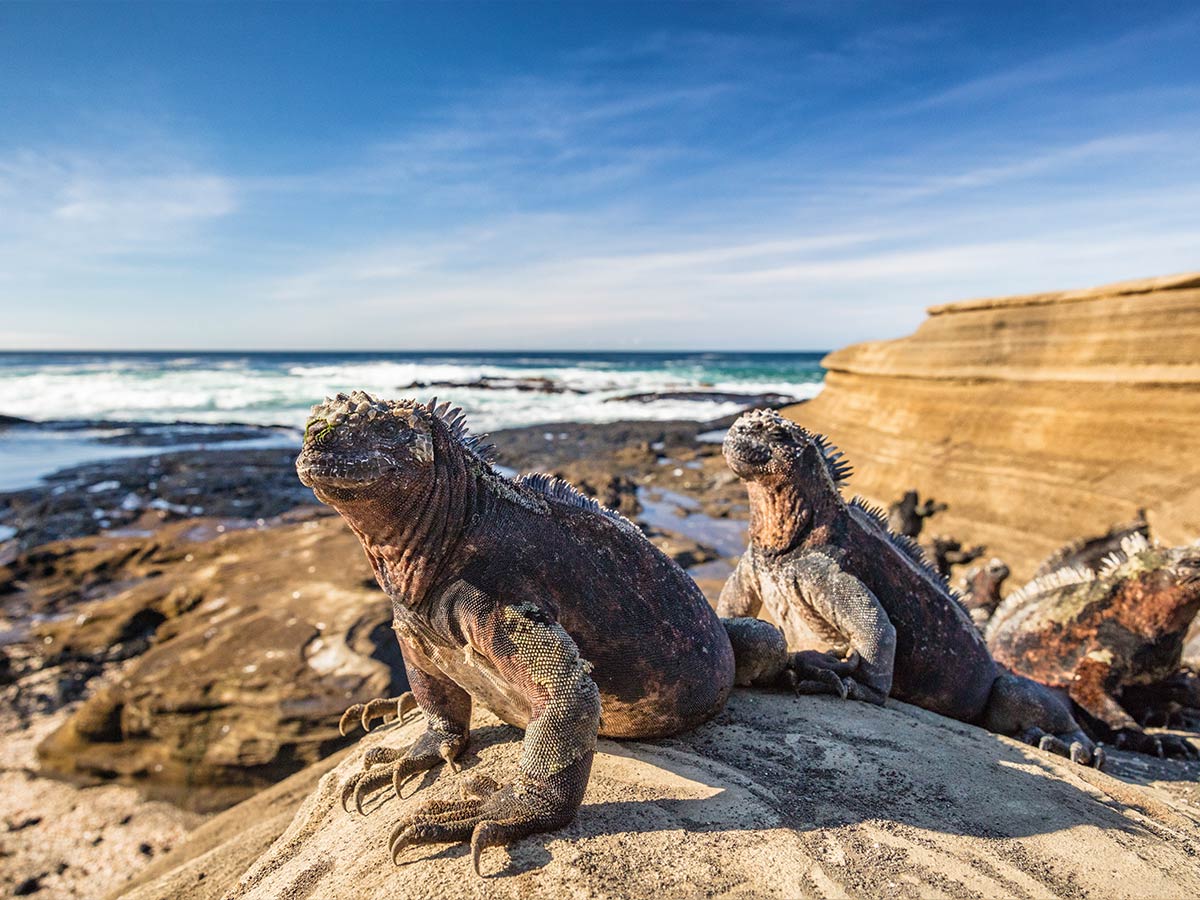
- Country: Ecuador
- Year Designated: 1978
The Galapagos Islands, located in the Pacific Ocean about 1,000 kilometers off the coast of Ecuador, are renowned for their unique biodiversity and pivotal role in the study of evolution. This archipelago consists of 19 islands and numerous smaller islets, each hosting a variety of endemic species such as the iconic Galapagos tortoises, marine iguanas, and blue-footed boobies. The islands' isolation and diverse ecosystems provided Charles Darwin with critical insights that contributed to his groundbreaking theory of natural selection. The Galapagos Islands are special not only for their extraordinary wildlife but also for their ongoing contribution to scientific research and conservation efforts, making them a living laboratory of evolution.
Old City Dubrovnik

- Country: Croatia
- Year Designated: 1979
The Old City of Dubrovnik is a stunning example of a medieval walled city that has preserved its historical integrity and architectural beauty. Nestled along the Adriatic Sea, its impressive fortifications, including the city walls, towers, and gates, reflect the city's strategic importance and resilience throughout history. The harmonious blend of Gothic, Renaissance, and Baroque architecture is evident in its churches, palaces, and public buildings. Together, they offer a glimpse into the rich cultural and artistic heritage of the region. Dubrovnik's unique charm and historical significance make it a captivating destination, drawing visitors from around the world to explore its cobblestone streets and vibrant cultural scene.
Great Barrier Reef

- Country: Australia
- Year Designated: 1981
The Great Barrier Reef, located off the coast of Queensland, Australia, is the world's largest coral reef system. It stretches over 2,300 kilometers and comprising approximately 2,900 individual reefs and 900 islands. This UNESCO World Heritage site is renowned for its breathtaking biodiversity, hosting an array of marine life, including over 1,500 species of fish, 400 types of coral, and numerous endangered species such as the dugong and large green turtle. Its vibrant underwater ecosystems are not only a haven for marine life but also a critical area for scientific research and environmental conservation. The Great Barrier Reef's unparalleled natural beauty and ecological significance make it a vital part of our planet's heritage.
Machu Picchu
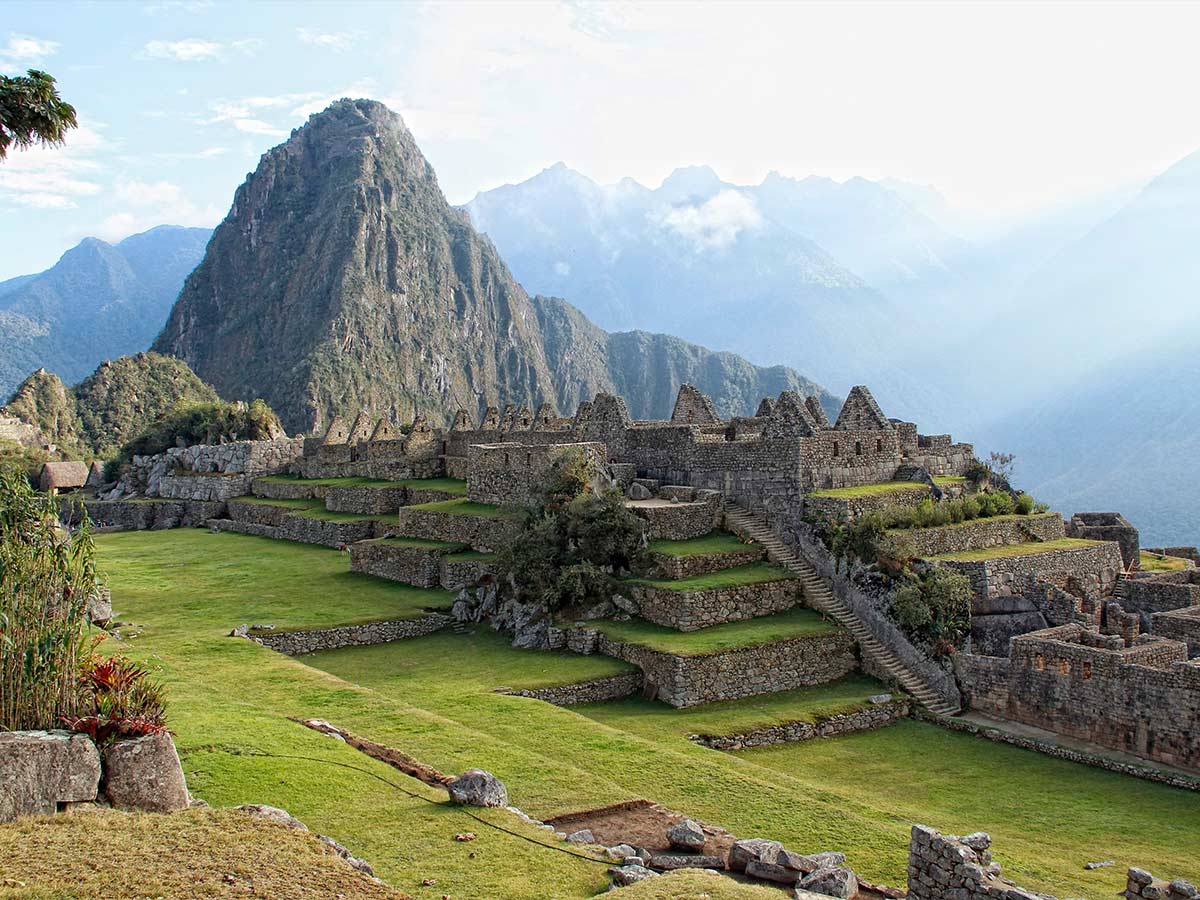
- Country: Peru
- Year Designated: 1983
Machu Picchu is a stunning Incan citadel nestled high in the Andes Mountains of Peru. This archaeological marvel, often shrouded in mist, is renowned for its sophisticated dry-stone construction that fuses seamlessly with the dramatic landscape, offering a glimpse into the ingenuity of the Inca civilization. Its terraces, temples, and intricate stonework reflect a deep understanding of astronomy and harmonious integration with nature, making it a testament to the Inca's architectural and engineering prowess. The site's historical significance, coupled with its stunning natural beauty, continues to captivate visitors from around the world.
Canadian Rocky Mountain Parks
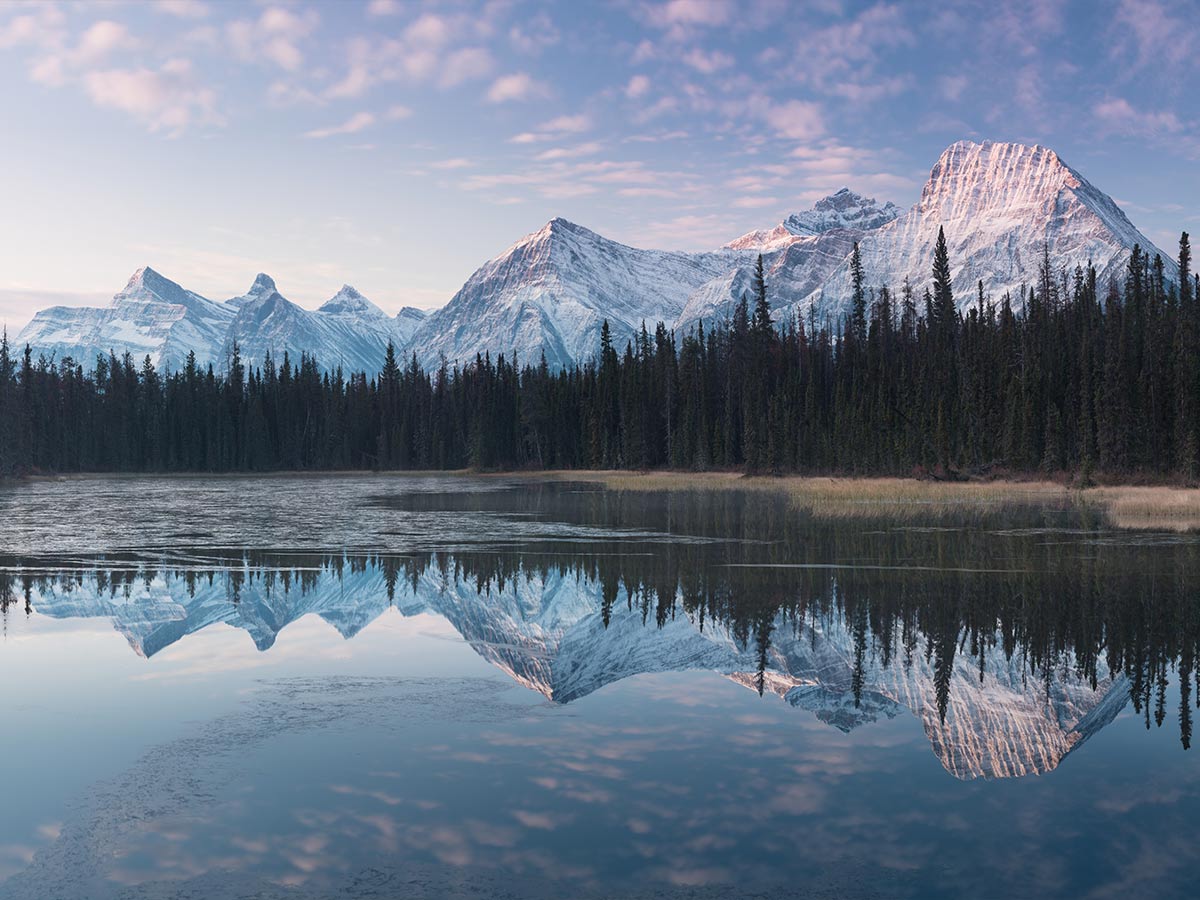
- Country: Canada
- Year Designated: 1984
The Canadian Rocky Mountain Parks encompass a breathtaking expanse of rugged mountain landscapes, pristine glacial lakes, and diverse ecosystems across seven national and provincial parks. This region is renowned for its stunning natural beauty, featuring iconic landmarks such as Lake Louise and the Columbia Icefield. The parks are home to a rich variety of wildlife, including grizzly bears, elk, and mountain goats, and offer a unique opportunity to experience the majesty of the Rockies in their untouched splendor. The site's significance lies not only in its extraordinary scenery but also in its role in preserving the ecological integrity and biodiversity of the region.
Banks of the Danube

- Country: Hungary
- Year Designated: 1987
The Banks of the Danube in Budapest, Hungary, are celebrated for their stunning architectural and historical significance. This area showcases a harmonious blend of Gothic, Baroque, and Art Nouveau styles. Some of the most famous landmarks include the Buda Castle, the Hungarian Parliament Building, and the Chain Bridge. The site is special not only for its architectural beauty but also for its representation of Budapest's rich cultural and political history, serving as a testament to the city's resilience and evolution over centuries. The panoramic views along the Danube River further enhance its allure, making it a captivating destination for visitors from around the world.
Angkor Wat
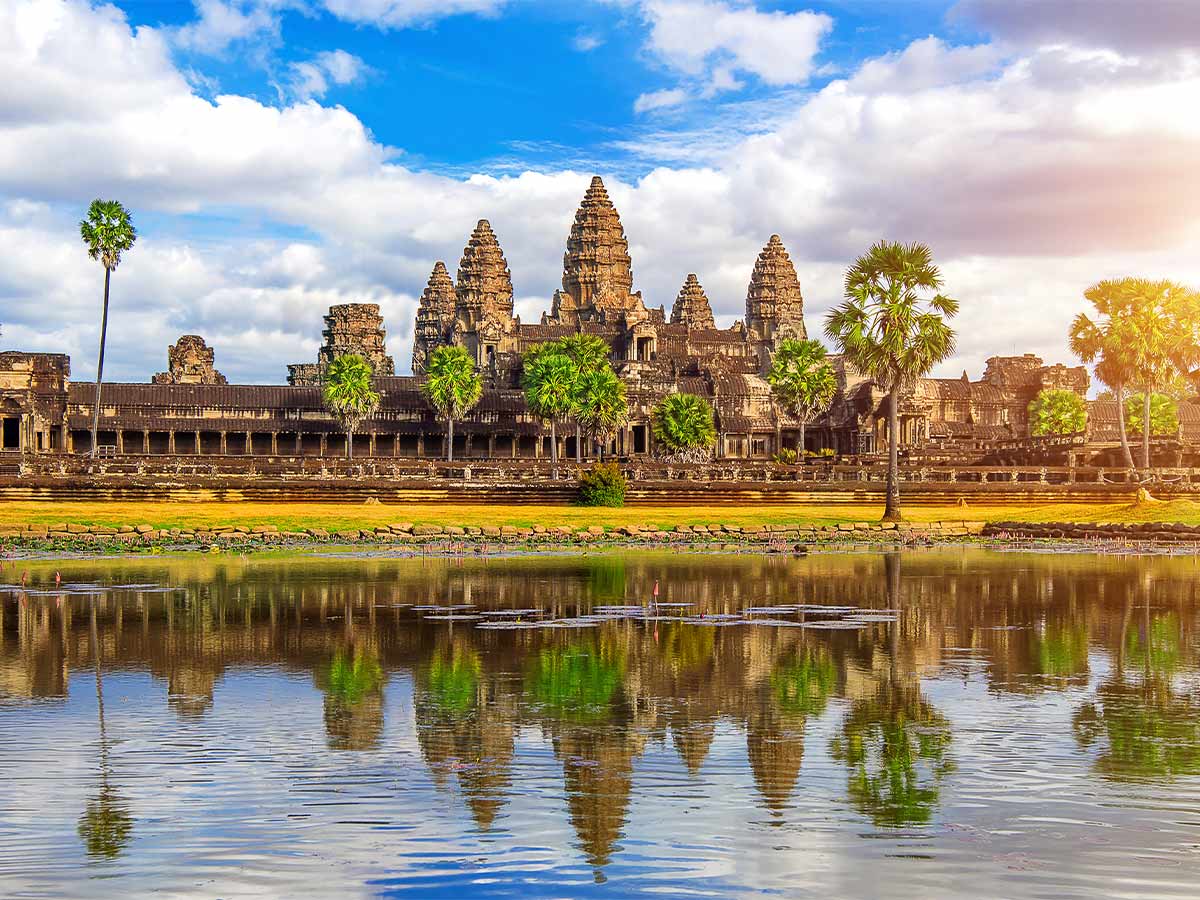
- Country: Cambodia
- Year Designated: 1992
Angkor Wat, located in Cambodia, is a UNESCO World Heritage Site renowned for its stunning architecture and historical significance. Originally constructed in the early 12th century as a Hindu temple dedicated to Vishnu, it later transformed into a Buddhist temple as the region's religious traditions evolved. The site is celebrated for its grand scale, intricate bas-reliefs, and harmonious design, which exemplify the pinnacle of Khmer architecture. Angkor Wat's cultural and spiritual importance, combined with its artistic and architectural brilliance, make it a symbol of Cambodia and a testament to the ingenuity of the Khmer Empire.
Ha Long Bay
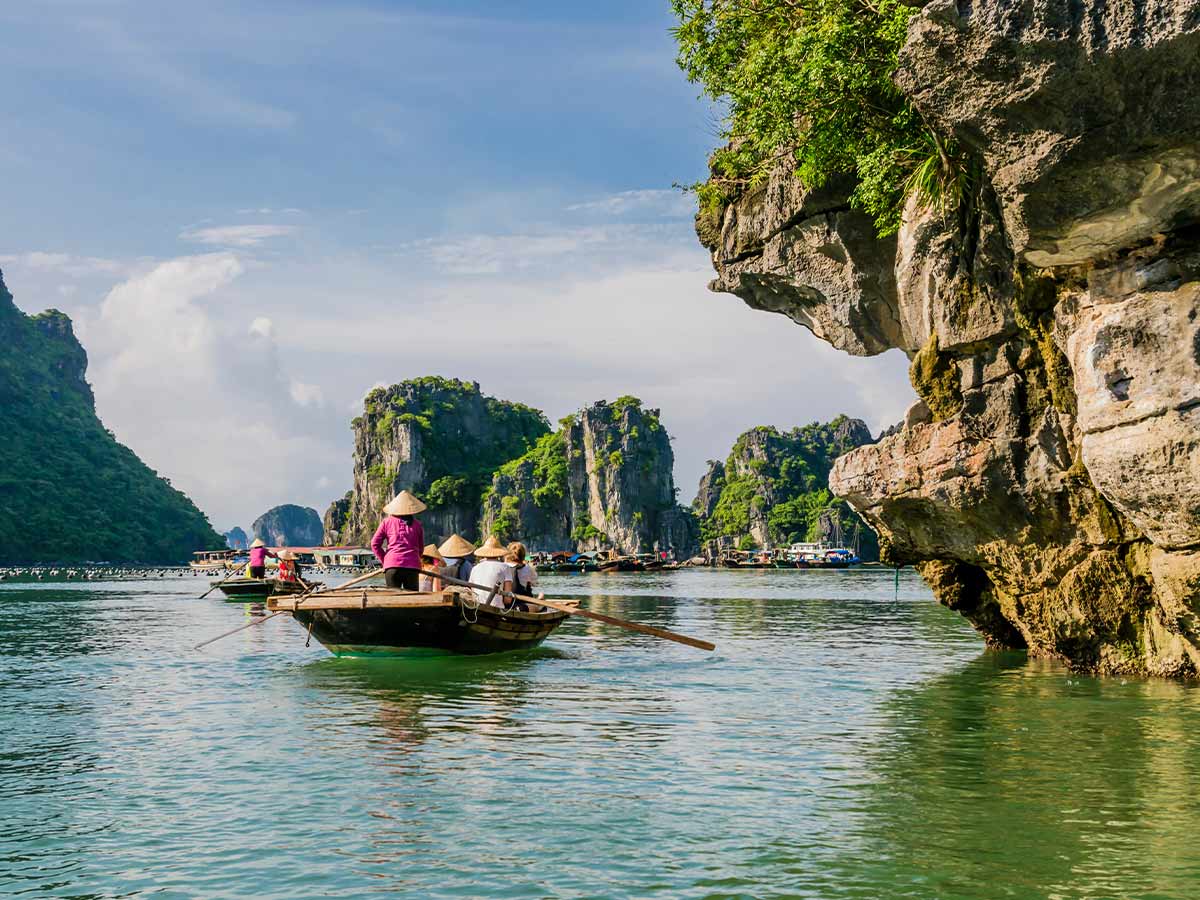
- Country: Vietnam
- Year Designated: 1994
Ha Long Bay, located in northeastern Vietnam, features breathtaking natural beauty and geological significance. The bay is dotted with thousands of limestone karsts and isles in various shapes and sizes, creating a stunning seascape that has captivated visitors for centuries. Its unique topography, formed over millions of years, supports a diverse ecosystem with numerous endemic species, making it a vital area for biodiversity. Ha Long Bay's mystical allure and cultural importance, steeped in local legends and history, make it a special and unforgettable destination.
La Sagrada Familia
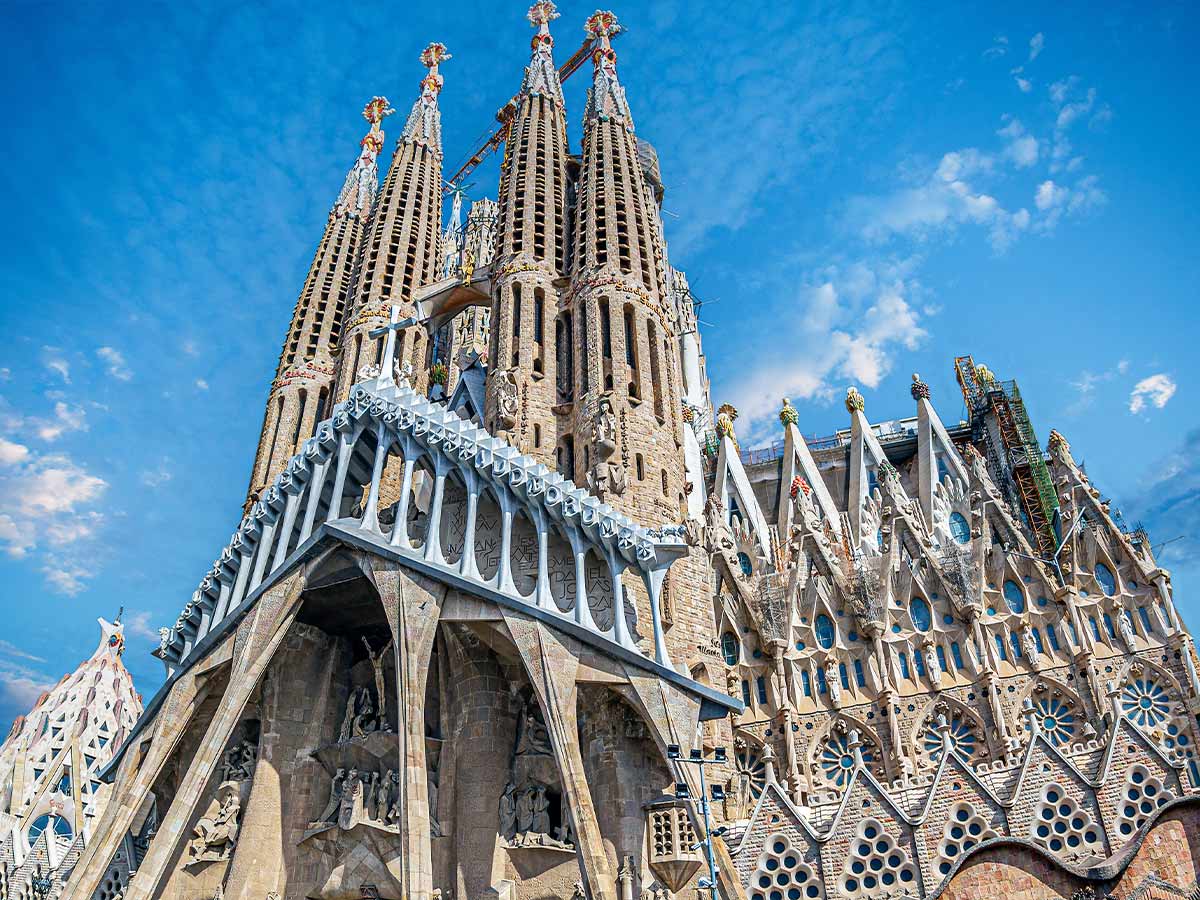
- Country: Spain
- Year Designated: 2005
La Sagrada Familia, located in Barcelona, Spain, has unique and intricate architectural designs by the visionary architect Antoni Gaudí. This basilica, which has been under construction since 1882, is a masterpiece of modernist architecture, blending Gothic and Art Nouveau forms in a way that is both innovative and deeply symbolic. It's still not complete all these years later! Its towering spires and detailed facades are adorned with religious symbolism, reflecting Gaudí's devout Catholic faith and his desire to create a "Bible in stone." Millions of visitors each year come to marvel at its beauty and ponder its spiritual significance.
Lake Nakuru

- Country: Kenya
- Year Designated: 2011
Lake Nakuru, located in Kenya, contains stunning biodiversity and breathtaking landscapes. This alkaline lake is part of the Great Rift Valley and is famous for its large flocks of flamingos that transform its shores into a vibrant pink spectacle. The surrounding Lake Nakuru National Park is home to a diverse array of wildlife, including endangered species such as the black and white rhinoceros, making it a crucial conservation area. Its unique ecological significance and the harmonious coexistence of various species highlight the importance of preserving such natural wonders for future generations.
Bagan

- Country: Myanmar
- Year Designated: 2019
Bagan, located in Myanmar, is one of the newest inscribed UNESCO World Heritage Sites. Like many other sites, Bagan has a stunning landscape. This one is dotted with thousands of ancient temples, stupas, and pagodas. The archaeological marvel, which dates back to the 9th to 13th centuries, was the capital of the Pagan Kingdom and is a testament to the rich cultural and religious history of the region. The sheer number of structures, combined with their intricate architectural details and the serene beauty of the surrounding plains, make Bagan a unique and awe-inspiring destination.
 Author
Rachel Downs
Last Updated: September 10, 2025
Author
Rachel Downs
Last Updated: September 10, 2025